04 Dec Shibori for Home Textiles: Types and Techniques
Shibori is an ancient Japanese art of dyeing cloth; it is dated all the way back to the 8th century. Although, Shibori was being referred to as a dying art, we are bringing Shibori back for home textiles. Shibori still holds that old world charm with it’s immense focus on handwork like pressing, squeezing, tying, folding just to get one fabric design right.
Within Shibori there are a multitude of patterns, each technique and the combinations bring about a variety of outcomes. Let’s start with the most popular one:
Kanoko Shibori:
Kanoko shibori is what we all know as tie-dye. Sections of the cloth are bound to get a particular pattern by thread. Depending on how tight the thread is tied around the cloth, the pattern is achieved. Commonly, wherever the cloth is bound the result is a coloured circle. To repeat the same circles, the fabric can be folded in various ways.
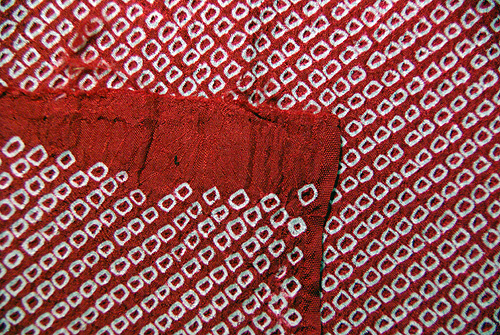
Source: www.chambredescouleurs.france-i.com
Miura Shibori:
Miura shibori or looped binding creates a water-like design. For this, along with tying the fabric, a hooked needle is used to pluck sections of the fabric. With the thread knotted tight and the plucking of the fabric, the pattern is achieved.
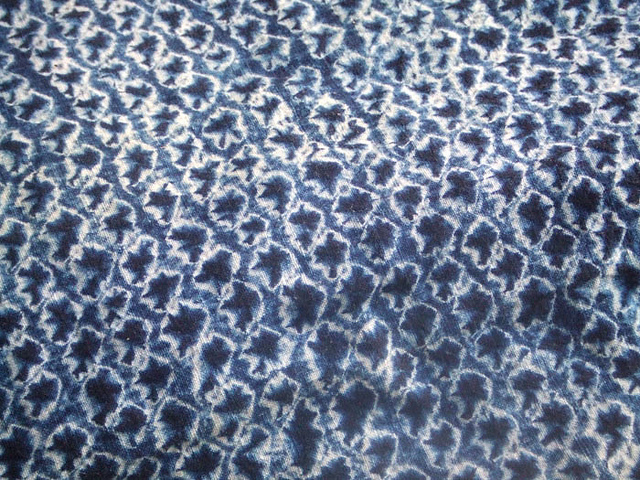
Source: www.blog.needsupply.com
Kumo Shibori:
Kumo shibori involves binding sections of the cloth that have been pleated finely and evenly to produce a spider-like design.
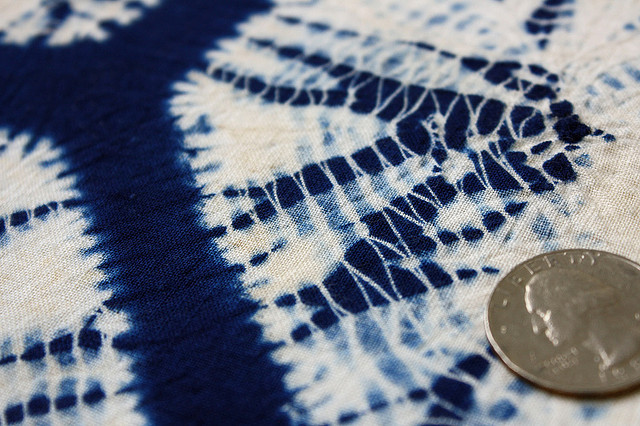
Source: www.flickr.com
Nui Shibori:
This type of Shibori, allows for the most amount of control over exact design outcome as it involves stitching. Running stitches are used to pull the cloth together and each thread is knotted to keep it tight. It is very time consuming though.

Source: www.passion4art.com
Arashi Shibori:
Arashi shibori uses a pole wrapping technique, where the fabric is tightly wrapped over a diagonal pole with thread. Arashi means ‘storm’ in Japanese, hence the pattern on this cloth is brought about by scrunching it up while on the pole; the design is always diagonal.
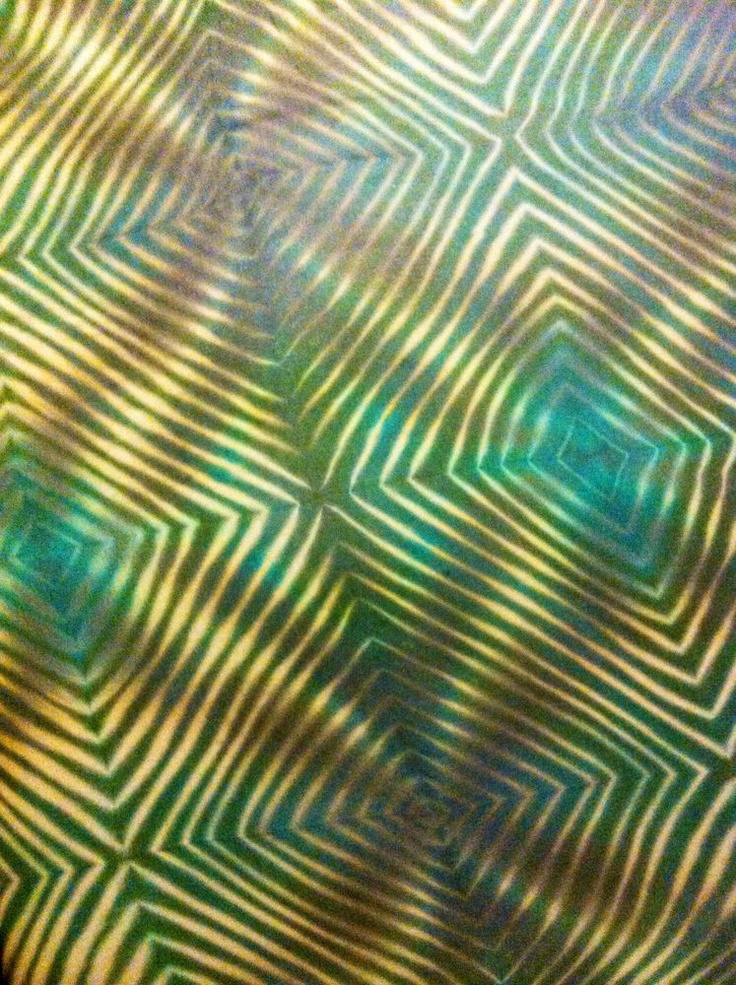
Source: www.shiborigirl.bigcartel.com
Itajime Shibori:
Itajime shibori is a shaped-resist dyeing technique, as the title suggests, two pieces of wood of the desired shape clamp the fabric. The shapes are held in place with the fabric in between with strings. These shapes prevent the dye from penetrating into these areas.
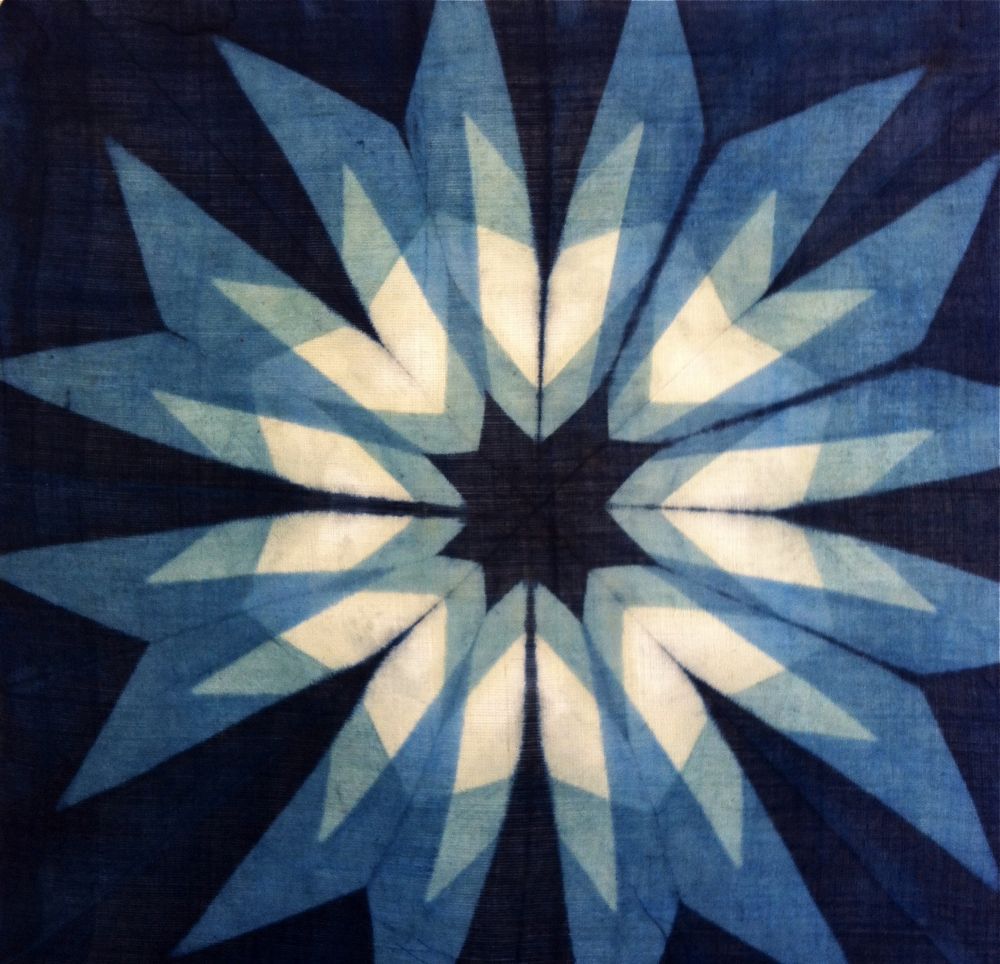
Source: www.shiborigirl.wordpress.com
Shibori For Home Textiles
Now, that we’ve seen all the hard work what goes behind those pretty designs, let’s see how the Home Textile Industry promises to infuse it into our homes.
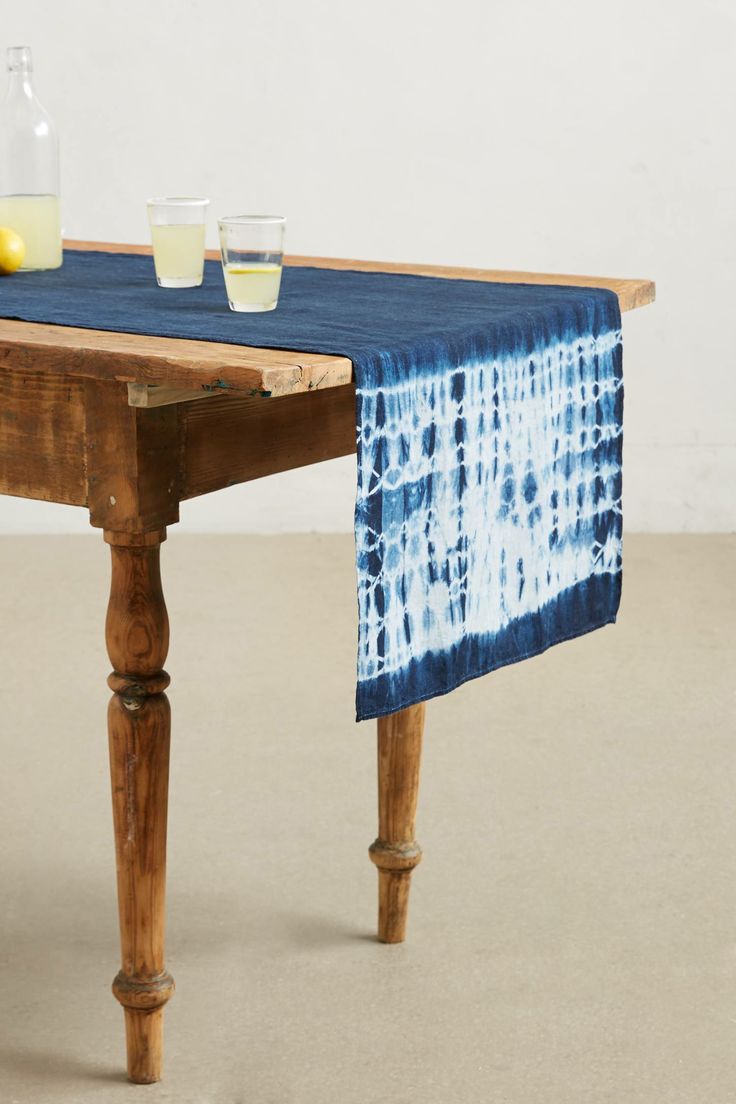
Source: www.thisislevel.com
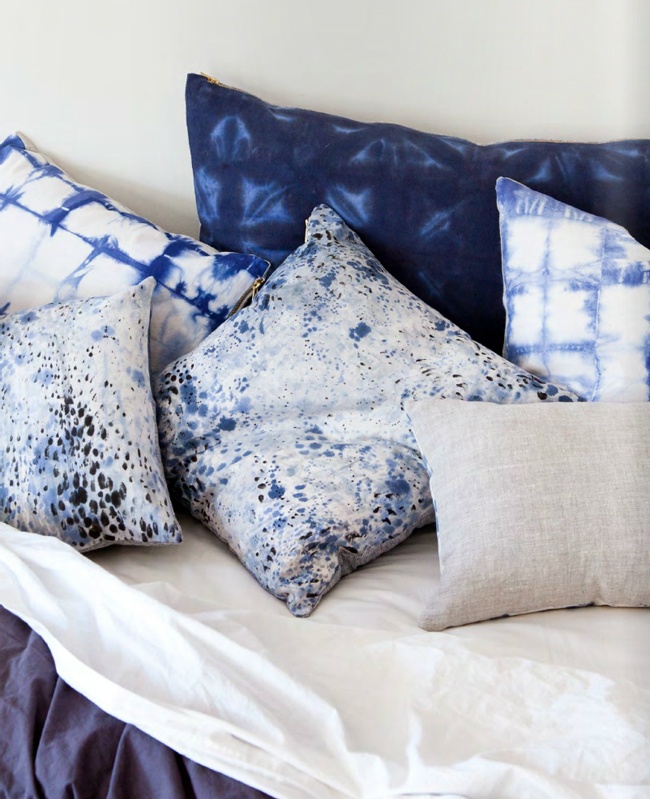
Source: www.becauseitsawesome.blogspot.com
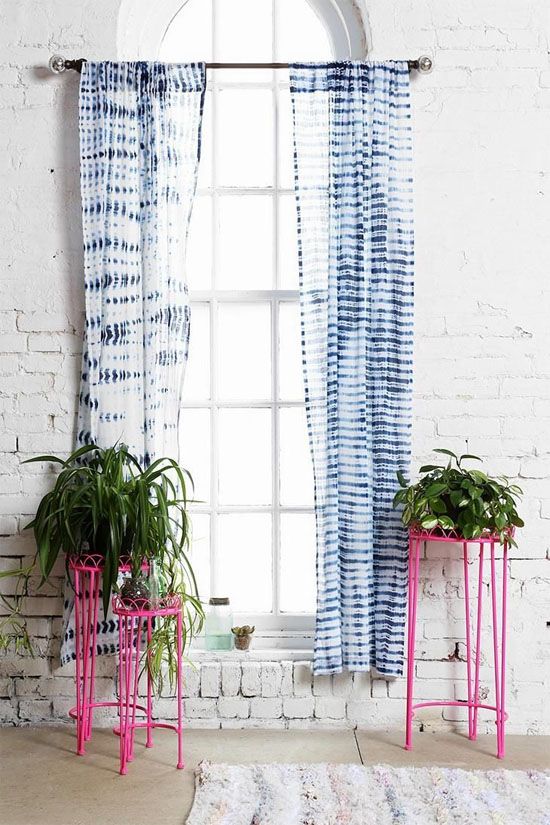
Source: www.athomeinlove.com
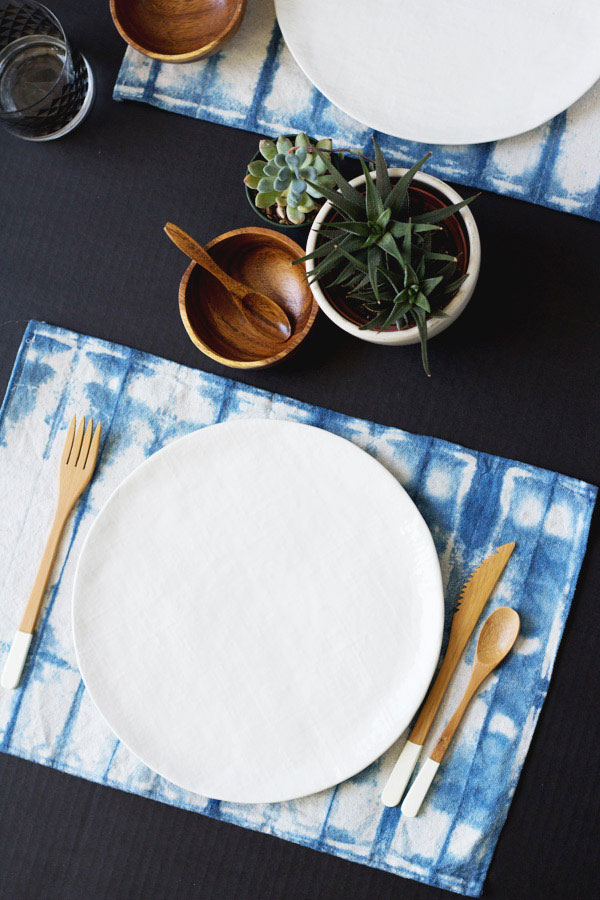
Source: www.blog.spoonflower.com
Look out for Suraaj Linens’ Exclusive Shibori Range, coming out soon.



